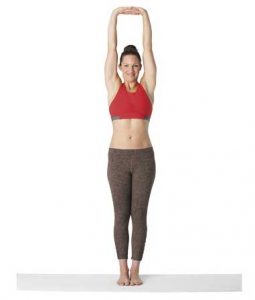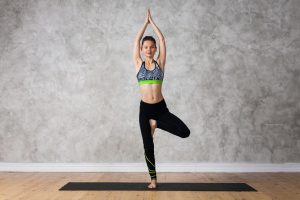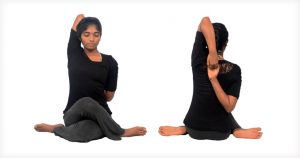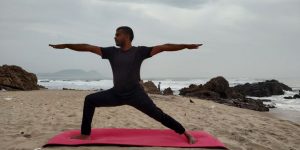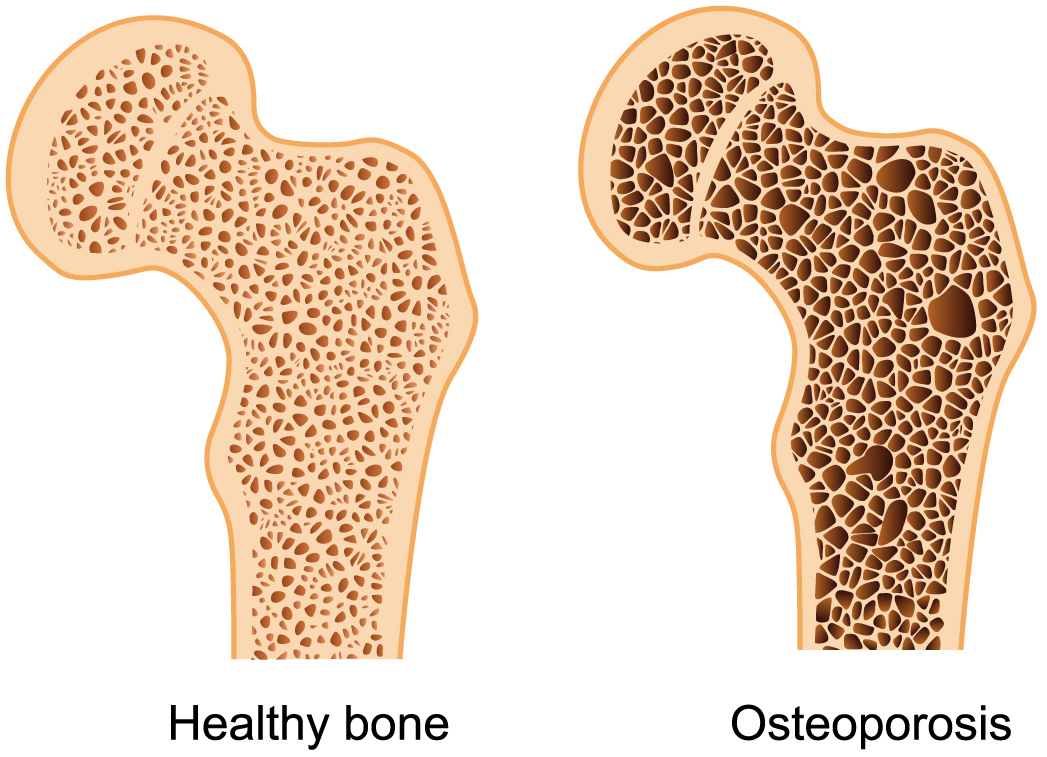
OSTEOARTHRITIS – YOGA ASANAS
- January 4, 2023
- Posted by Dr. Vaidya Karanvir Singh
- 0 Comment(s)
In today’s time people are ignorant of their bone health which leads to bone-related issues like osteoarthritis. Yoga is one of the best and most natural methods that helps to beat joint pain, discomfort and stiffness.
It helps to strengthen joint muscles and improve body flexibility. In addition it also reduce stress in body and mind. Regular yoga asana keep the weight in check thus reducing the load on bones and joints.
WHAT IS OSTEOARTHRITIS ?
It is the most common type of arthritis. It is also known as Degenerative joint disease(DJD) or “wear and tear” arthritis. It occurs when protective cartilage that acts as cushions between ends of bones wears down over period of time. Joints loses their normal shape with time, small bones spurs and deposits are formed on edges of joints.
Joints used in everyday life , such as joints of hips, hands and knees are mostly effected.
TYPES OF OSTEOARTHRITIS :
- Primary: Generally affects thumbs, spine, fingers, hips, knees and big toes. Most common type
- Secondary : Develops due to pre-existing joint abnormality like injury or trauma of joints , inflammatory arthritis like gout, rheumatoid etc.
WHAT ARE THE RISK FACTORS FOR OSTEOARTHRITIS ?
- Age : It usually starts from late 40s onwards. So with old age risk of Osteoarthritis also increase.
- Genetics : Having family history of OA put a person at higher risk for development of Osteoarthritis. In rare cases mutation of one gene that affects Collagen protein also leads to OA.
- Gender : Women in their 50s are more likely to develop OA than men due to decreased estrogen production in body post-menopause.
- Obesity: Being overweight there is extra pressure and stress on joints especially weight-bearing joints like knees and hips. So the stress increase the risk of development of osteoarthritis in obese persons.
- Joint injury : Major operation or injury of joint may lead to development of OA in that joint later in life.
- Repeated stress on joint : Hard , repetitive activity or physically demanding job that put stress on joints increase the risk of OA.
- Bone deformities : Borne with malformed joint or defective cartilage put person on risk of development of Osteoarthritis.
- Certain metabolic disorders : Conditions like diabetes and hyperlipidemia can increase the risk of osteoarthritis
WHAT ARE THE SYMPTOMS OF OSTEOARTHRITIS ?
Some of the common symptoms of Osteoarthritis are :
- Stiffness : Joint stiffness most noticeable in morning after waking up or after being inactive for some time.
- Pain : Hurts during or after movement in affected joints
- Tenderness: Pain after applying light pressure to or near affected joint
- Grating Sensation :When using joint one might feel grating sensation and might hear cracking or popping sound.
- Loss of flexibility : Decrease in range of motion of the joint.
- Bone spurs : Feels like hard lump and can form around joint that is affected.
- Swelling : Soft tissue inflammation around the affected joint.
AYURVEDIC APPROACH :
Osteoarthritis can be correlated with Sandhigata vata in Ayurveda. Sandhigate vata means localization and invasion of vitiated vata in joints thereby producing swelling, pain and disturbed movements of affected joints.
Due to Nidan sevan the vata dosha gets aggravated which cause rukshata, kharata, parushata at srotas leading to the development of Sandhigata vata.
HERBS :
- Rasna
- Shigru
- Amlaki
- Guduchi
- Haridra
- Vacha
- Haritaki
- Pippli
YOGA ASANA :
- TADASANA ( MOUNTAIN POSE ):
It helps to improve body flexibility and also relieves the pain in joints. It is also effective in weight management and relieves the stress in body.
STEPS :
- Stand straight with your feet slight apart and weight distributed equally on both feet.
- Keep shoulder relaxed with abdominal muscles contracted.
- Inhale deeply while raising arms above the head and interlock your fingers with palms facing upwards keeping your gaze ahead
- Exhale while raising shoulders towards ears and roll them back and lower spine while straightening your posture while opening your chest.
- Relax all the muscles and return to initial position.
PRECAUTIONS:
- Chronic migraine
- Knock knees
- Spinal problems
- Low blood pressure
- Pregnancy
- Scoliosis
- VRIKSHAASANA ( TREE POSE ) :
It is great for the joints as it helps to regulate circulation of blood around affected joints thus helps to reduce pain there. It also strengthens the core of the person.
STEPS :
- Stand straight with both legs close to one another and slowly raise one leg slightly while putting most weight on other one .
- Now place heel of lifted foot on other leg’s thigh.
- Slowly raise both hands above the head with finger pointing upward while both palms facing each others .
- Hold the posture for some time while taking few deep breaths .
- Now slowly put the leg down on the ground
PRECAUTIONS:
- Recent knee or leg injury
- Back injury
- Migraine
- High or low blood pressure
- Insomnia
- Sciatica
3. GOMUKHASANA ( COW FACE POSTURE) :
It is great for elbow, fingers, shoulder, spine , neck and hip joints . It also improve the blood circulation in ankles and knees. It enhance the production of synovial fluid which helps in lubrication of joints thus relieves joint pain and reduce friction.
STEPS :
- Sit down straight with legs stretched out
- Fold left knee and bring left leg under right hip
- Bend right leg over left leg while drawing it towards left hip. keep right knee on left knee.
- Without raising Bend left hand behind with the palm up.
- Raise right hand and bend it down to reach left palm and hold it.
- Hold the pose and close your eyes.
- Taking slow breaths sit in the position for some minutes
- Slowly return to initial position.
PRECAUTIONS:
- Pain in knee, hip or shoulders
- Injury to ligaments, tendon or muscles of leg
- Spondylitis
- Piles
- Sprain in leg
- Shoulder injury
- Knee injury
- VEERBHADRASANA ( WARRIOR POSE ) :
It helps to strengthen the legs , arms and lower back. It also improves blood circulation of body.
STEPS :
- Stand with straight posture and feet 3-4 feet apart
- Slowly turn right foot out so that it at 90 degree angle and turn left foot by 15 degree
- Lift both arms sideways to shoulder height slowly with palms facing downward
- Exhale deeply while bending right knee and turn head to the right
- Stretch the arms more and hold the head high
- Hold the pose for some time while taking deep breaths
- Slowly breath in and lower the arms to release the pose
PRECAUTIONS:
- Weak hear
- High blood pressure
- Diarrhea
- Shoulder, leg or knee injuries
- Spinal disorders
- Pregnancy

Dr. Vaidya Karanvir Singh is the younger Vaidya in Chandigarh Ayurved & Panchakarma Centre. He is the fourth generation in his family who is practicing as a general consultant in Ayurved & Panchakarma treatment at Chandigarh. In his practice, he had treated more than 1 Lakh Plus patients worldwide.


